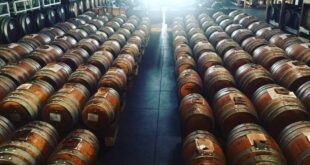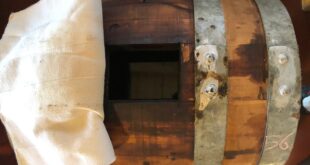If you are wondering how to make Traditional Balsamic Vinegar you are in the right place!
In our blog, you can find the answers to your questions. We talk about tradition and curiosity of the world of Balsamic.
And if you are at the Consorteria of Traditional Balsamic Vinegar of Modena in Spilamberto (the birthplace of this food excellence) you are definitely in the right place!
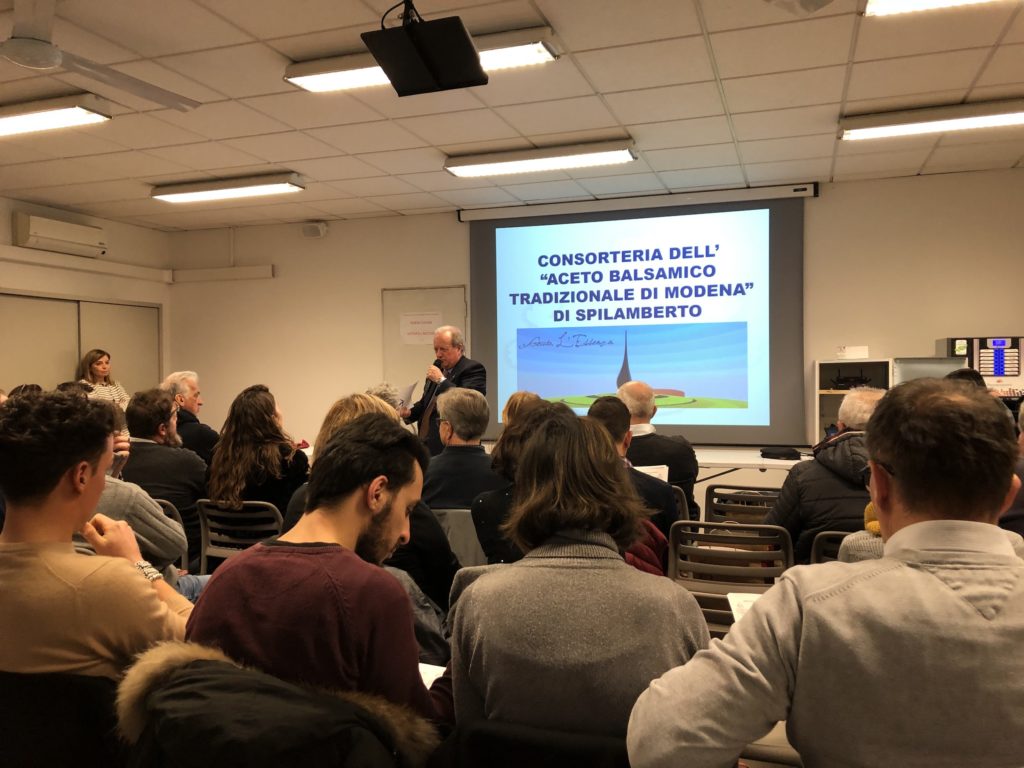
The Consorteria
How to make Traditional Balsamic Vinegar is a question that brings dozens of people to training courses organized by the Consortium every year. The Consortium was created in 1967 from the idea of a group of producers and lovers of Balsamic Vinegar. It is the maximum organism. It is born and conducted with the passion and desire to hand down and protect Traditional Balsamic Vinegar.
The Consortium counts with more than 800 enrolled volunteers today. The place inside is fascinated by the splendid setting by the Balsamic Museum, by the smells of the barrels wood, by the flavour of Balsamic Vinegar and by the people’s love for this product who are part of it. When the speakers explain the various peculiarities of Traditional Vinegar their eyes bright of joy.
Those who knew the product talked about it with difficulty and were unwilling to tell you the secrets for obtaining a good product in the past.
Today is different. The Consortium organizes courses to share their experience and expertise.
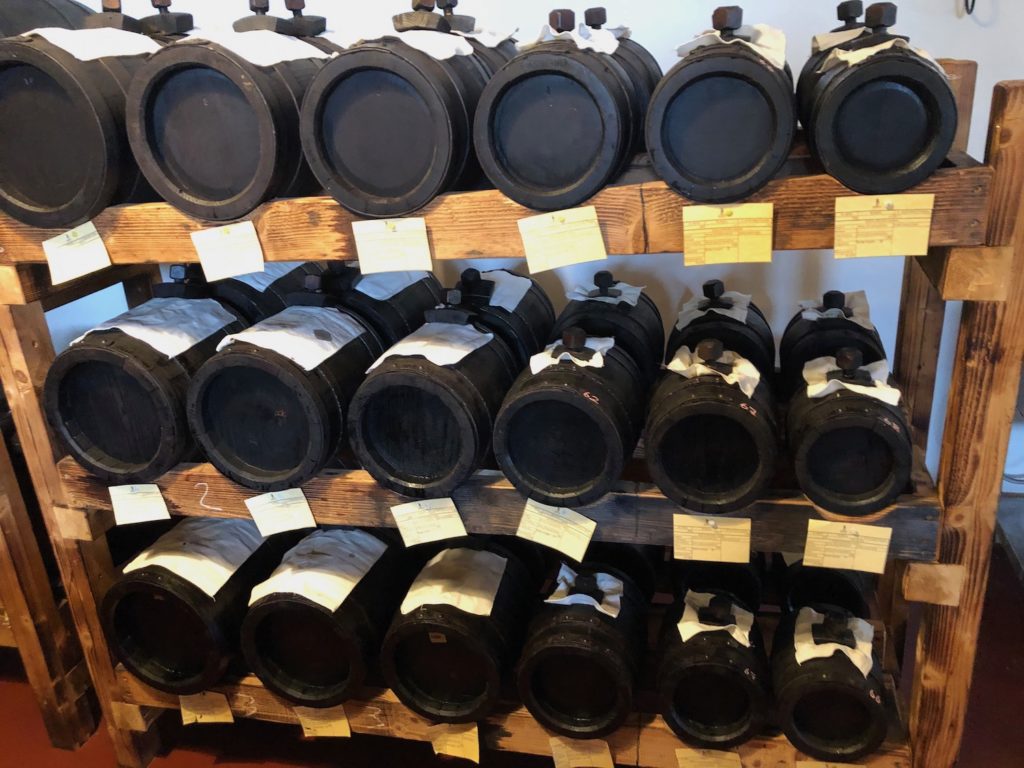
Handing down the knowledge of the product and teaching what errors should not be made during the production process are part of the objectives of the Consortium.
How to make Traditional Balsamic is not easy!
It is NOT a product that can be improvised!
An accurate selection of all the parts that make up its production process is indispensable and decisive for the result.
Vines and grapes
The first lesson of the course has had as a topic “wines and grapes”. If you want more details, click the link: https://usebalsamicvinegar.com/the-grapes-a-fundamental-product-for-the-production/
The characteristics of the vines and grapes are the starting point of the product. They must be DOC and from the province of Modena, the old territories between the Secchia and Panaro rivers. But not all the grapes are suitable.
The Production Regulation institute indicates which grapes are permitted (download a copy of the Regulations for more details) and certificated. The most commonly used are Lambrusco and Trebbiano.
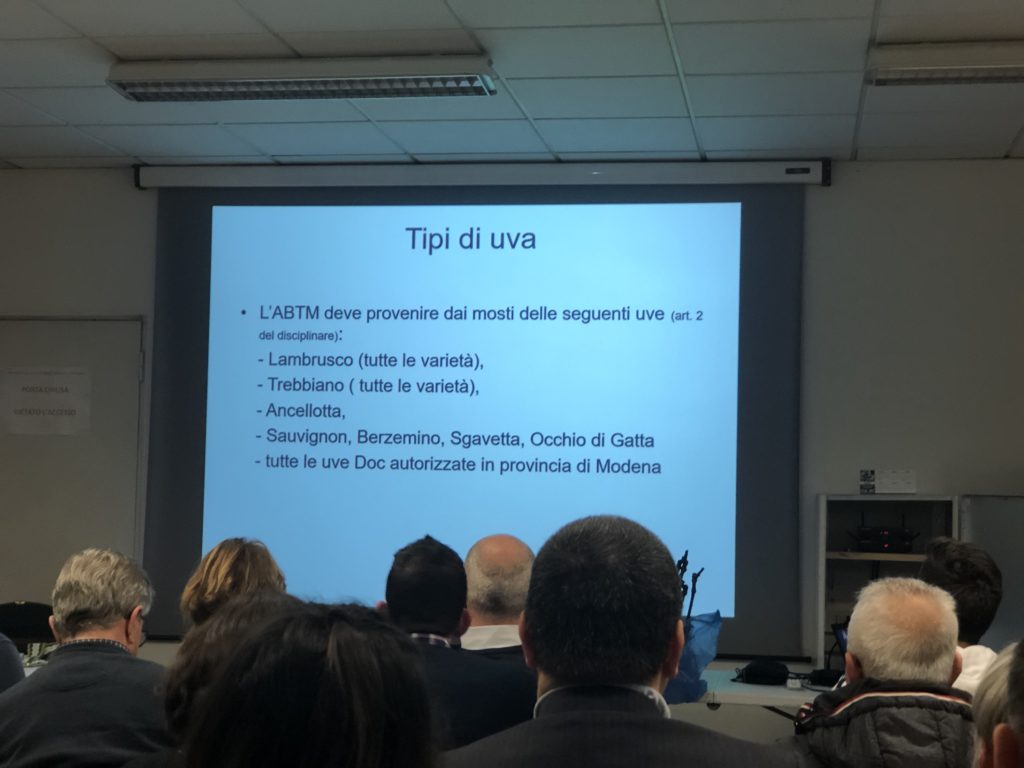
A curiosity
The grapes are harvested when they are very ripe to have a must with the highest sugar content possible. The pressing must be sweet and not have a yield higher than 70%. That’s not all. To know how to make Traditional Balsamic Vinegar, you will also need to know about the raw must, cooked must and its fermentation, the barrels and the different woods used. These last ones transfer their essences to Traditional Balsamic contributing to the production of unique food excellence in the world.
And if you want, you will be able to learn how to manage your vinegar factory. But the most important thing is to be patient. You will have to wait at least 12 years to have your Traditional Balsamic Vinegar ready.
When the product is 25 years old, it takes the name of ABTM Extra Old.
Despite having as its only ingredient cooked must, Traditional Balsamic Vinegar is a very complex product.
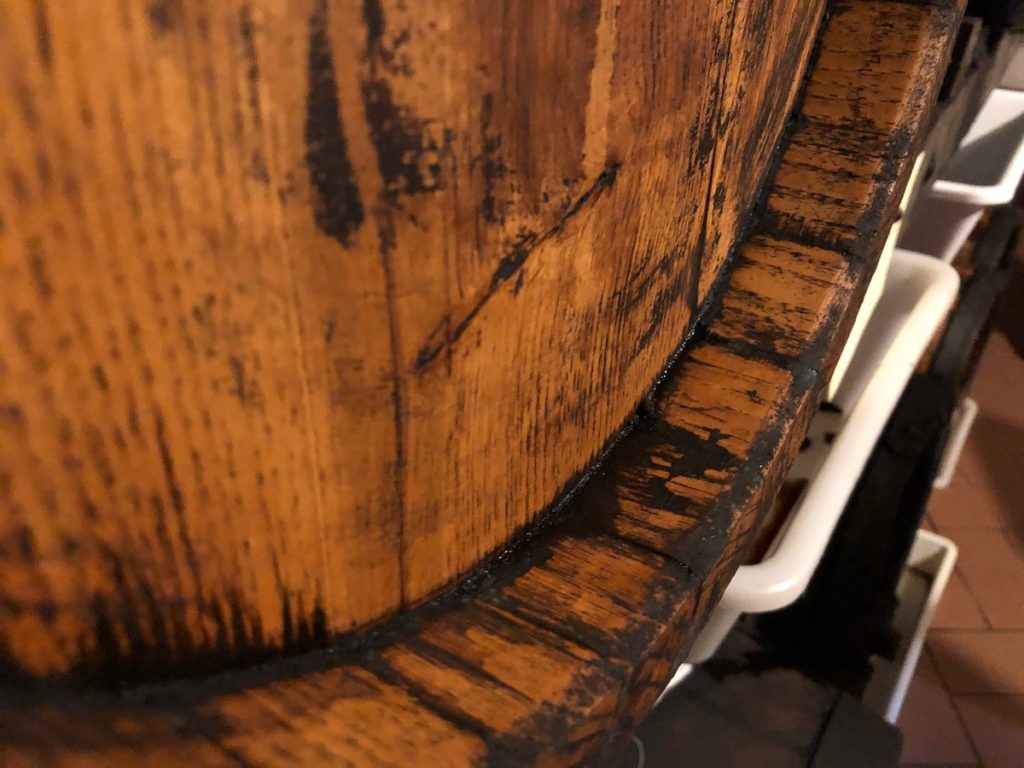
In the next article, we will talk about how to make Traditional Balsamic Vinegar. We will tell you about curiosities about the different woods and barrels used and their dimension. They are indispensable elements for the production of ABTM.
We will wait for you on our blog!
Greeting from Modena
 Use Balsamic Vinegar All you need to know about Balsamic Vinegar of Modena
Use Balsamic Vinegar All you need to know about Balsamic Vinegar of Modena
